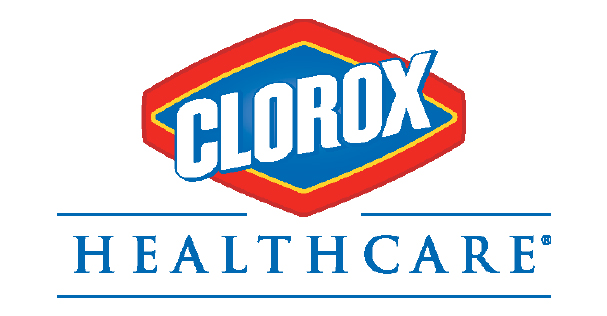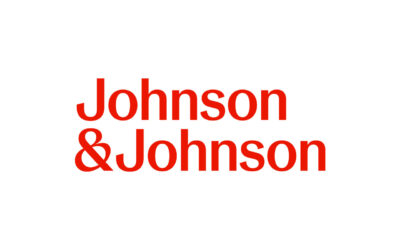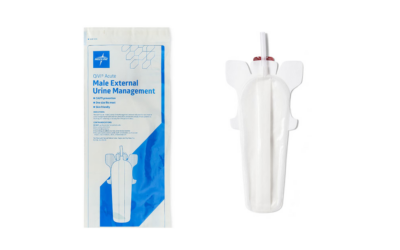By Katherine Velez
Many facilities are interested in using emerging technologies such as ultraviolet (UV-C) light emitting devices as part of the nationwide effort to reduce hospital-acquired infections (HAIs). This is in part due to the inherent limitations of manual cleaning; although manual cleaning and disinfection of hospital surfaces is a critical step in limiting the spread of pathogens that cause HAIs, studies have demonstrated that less than 50 percent of hospital room surfaces are adequately cleaned and disinfected, leaving facilities and patients vulnerable to potentially dangerous pathogens.1 For facilities that choose to turn to UV-C to supplement their manual disinfection protocols, there are many UV-C device options available to choose from, which is why it’s important for facilities to do their research to find the device that will best fit their specific infection control needs.
Why Use UV-C?
 In the fast-paced hospital environment, terminal cleaning and disinfecting on environmental surfaces is often suboptimal. UV-C treatment technologies are a great way to supplement manual environmental surface cleaning and disinfection with Environmental Protection Agency (EPA)-registered disinfectants. Manual disinfection is essential for removing soils and killing pathogens on environmental surfaces, while UV-C devices offer an extra layer of protection by inactivating microorganisms in high-risk settings or hard to reach areas that may have been missed by manual cleaning, such as bed rails, doorknobs and handles, as well as areas that may be difficult to clean manually, such as walls, light fixtures, windows and floors.
In the fast-paced hospital environment, terminal cleaning and disinfecting on environmental surfaces is often suboptimal. UV-C treatment technologies are a great way to supplement manual environmental surface cleaning and disinfection with Environmental Protection Agency (EPA)-registered disinfectants. Manual disinfection is essential for removing soils and killing pathogens on environmental surfaces, while UV-C devices offer an extra layer of protection by inactivating microorganisms in high-risk settings or hard to reach areas that may have been missed by manual cleaning, such as bed rails, doorknobs and handles, as well as areas that may be difficult to clean manually, such as walls, light fixtures, windows and floors.
Every device is different, but for the Clorox Healthcare™ Optimum-UV Enlight™ System, the recommended protocol for most standard size hospital rooms is three separate 5-minute cycles. For standard patient rooms, this includes one placement (or run cycle) on each side of the patient bed, and one placement inside the patient bathroom. A similar protocol is recommended for operating rooms following end of day terminal cleaning.
Choosing the Right UV-C Device
Key considerations for purchasers selecting a UV-C device include kill claims for the most common health care pathogens, exposure times, safety and ease of use. Purchasers should ask vendors about other factors such as training and support offered by the manufacturer, as well as costs to determine the best solutions for their facility. Ultimately, facilities should select the UV-C device that gives them assurance they are getting the antimicrobial efficacy they require, while also maximizing their investment.
The Clorox Healthcare™ Optimum-UV Enlight™ System provides the ideal balance of performance, quality, user-friendly design, safety and affordability. This system has been proven in laboratory micro-efficacy testing to kill more than 30 HAI-causing pathogens in 5 minutes at 8 feet from the device, including a 4 log reduction of C. difficile spores and a greater than 5 log reduction of over 20 pathogens, including MRSA, VRE, and CRE.2 Robust usability and safety features, such as an intuitive touchscreen operating system and infrared motion sensors to prevent operation if people are present, help enable facility-wide adoption of this UV-C technology. Clorox Healthcare also partners with facilities to provide comprehensive training, workflow support, and technical support to enhance device implementation. Clorox Healthcare uniquely offers a broad portfolio that includes both UV-C technology and a range of EPA-registered manual surface disinfectants to provide a comprehensive solution for disinfection.
UV-C technology offers facilities a unique way to supplement manual surface disinfection protocols as part of broader infection control measures aimed at reducing HAIs and improving patient safety; facilities should use the considerations discussed here to decide which technology is right for them.
For more information about healthcare environmental disinfection and product options, visit www.CloroxHealthcare.com.
References
(1) Weber, D. J.; Anderson, D.; Rutala, W. A. Curr. Opin. Infect. Dis. 2013, 26, 338–344. (2) Based on third-party laboratory micro-efficacy testing.









